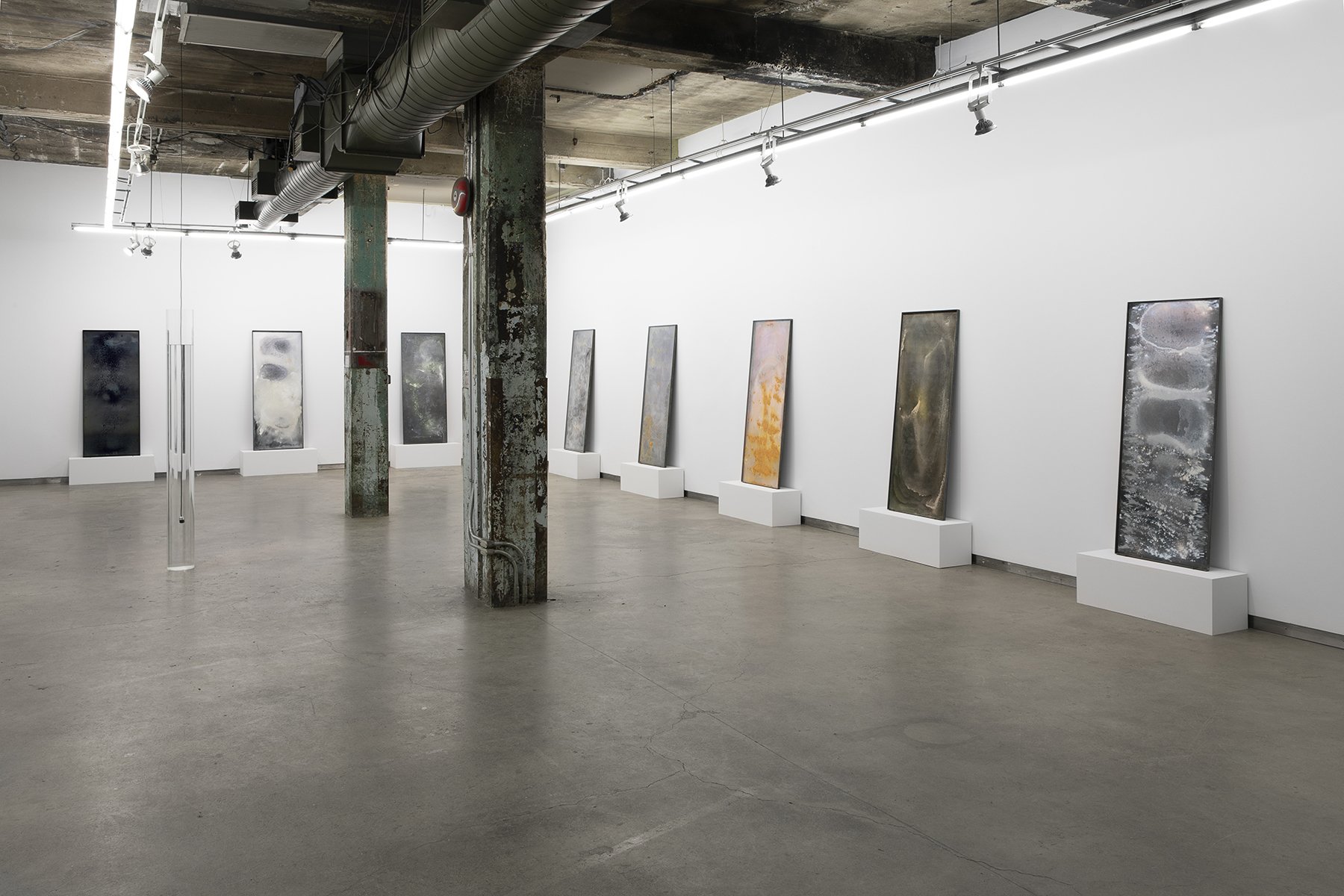
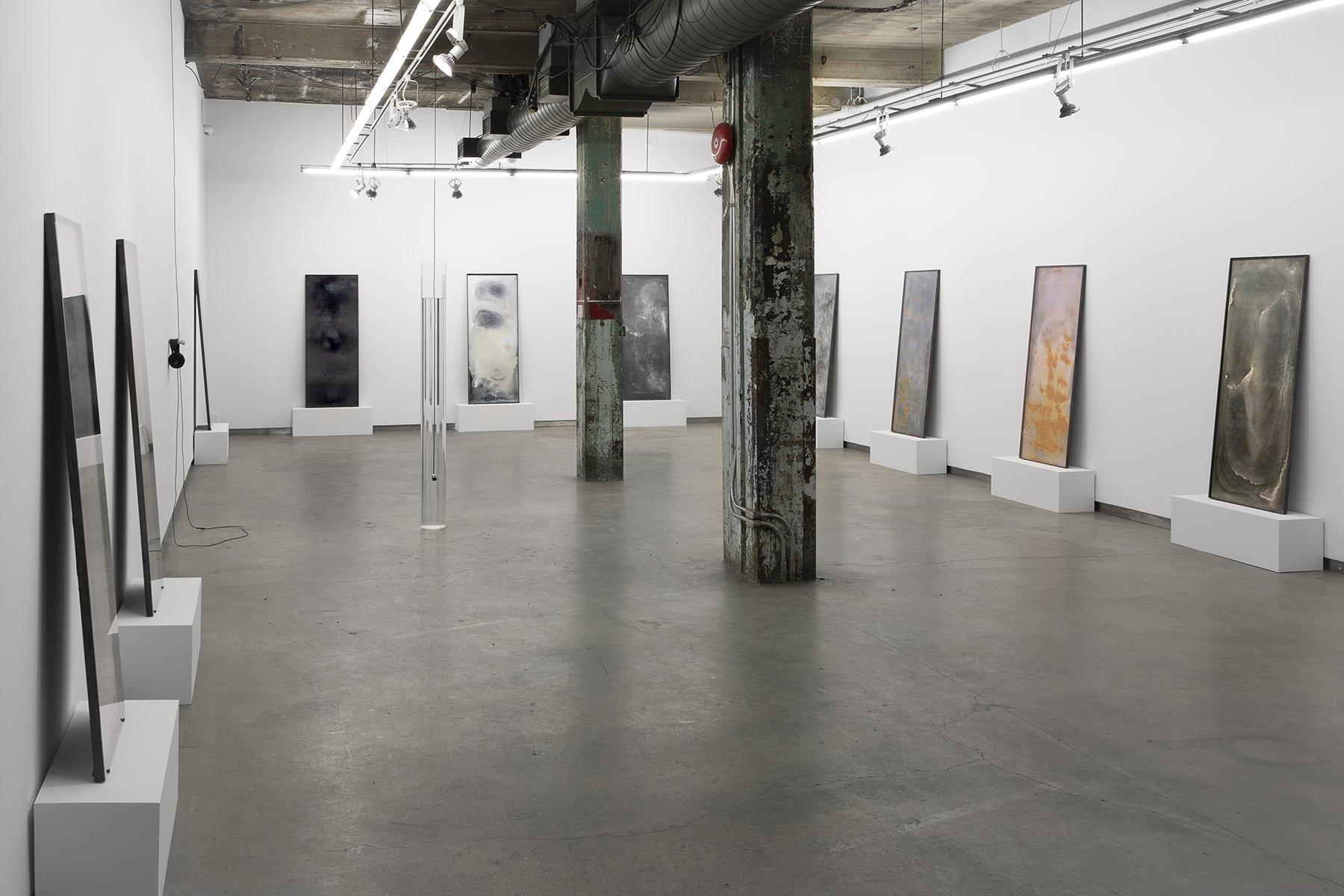
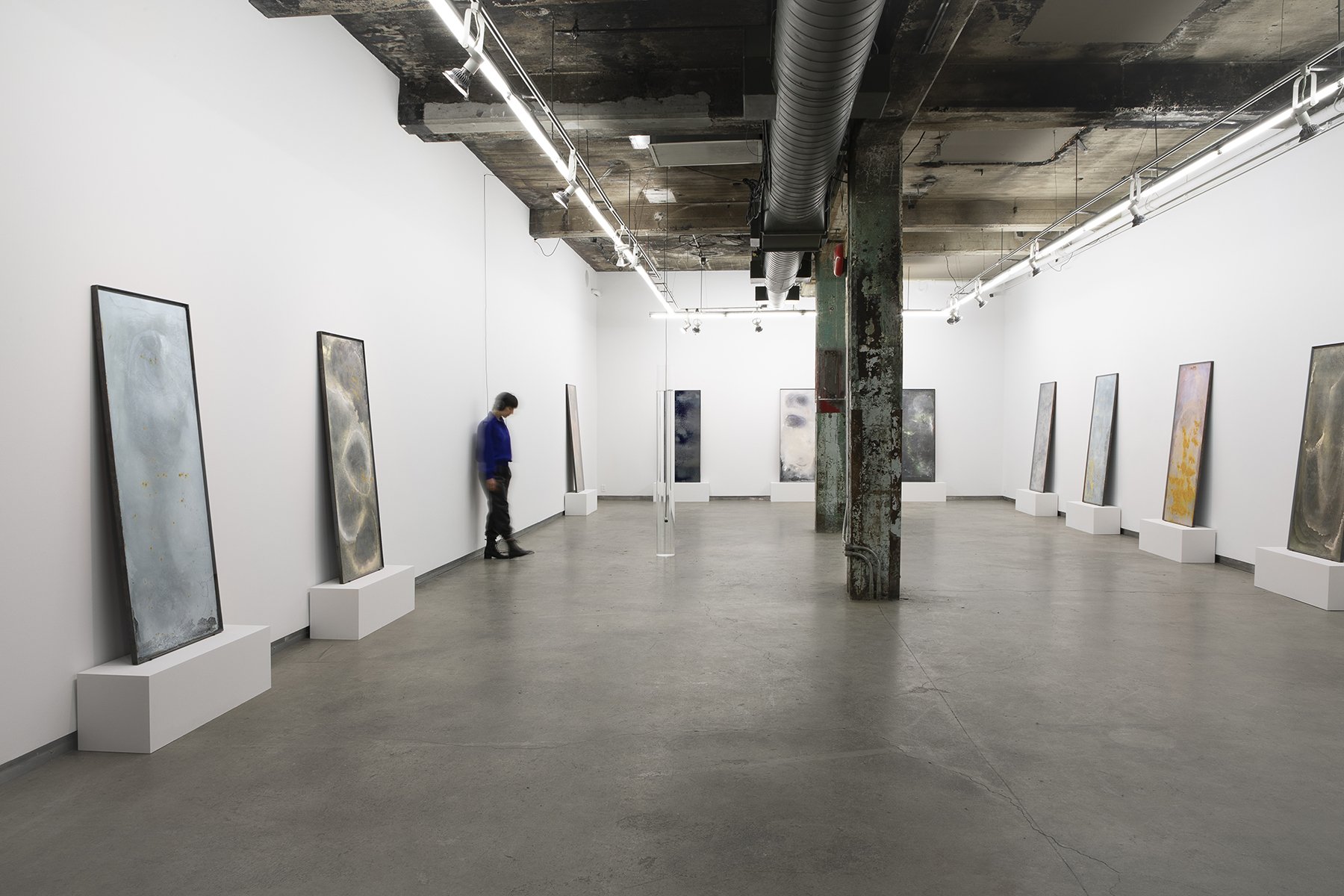
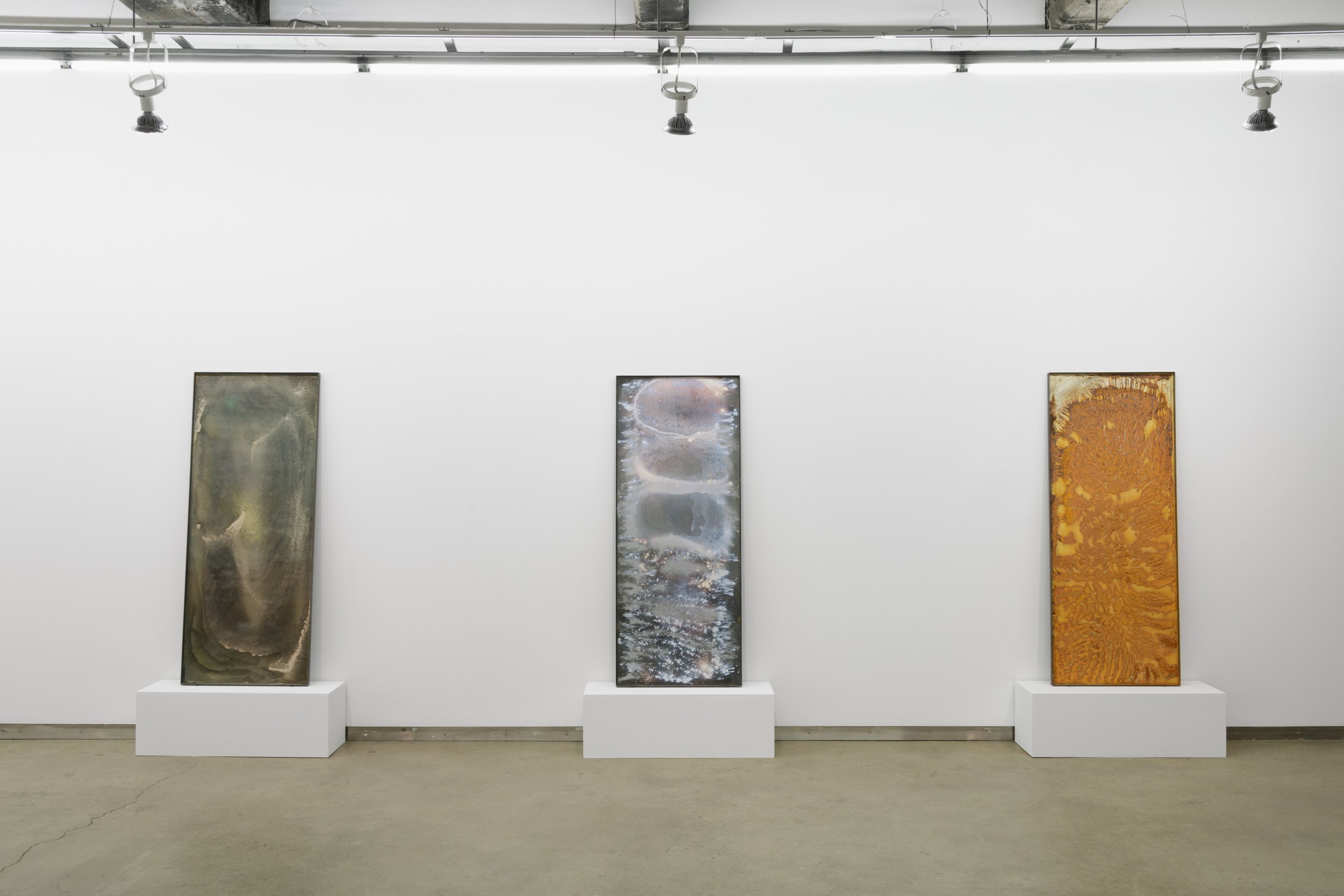
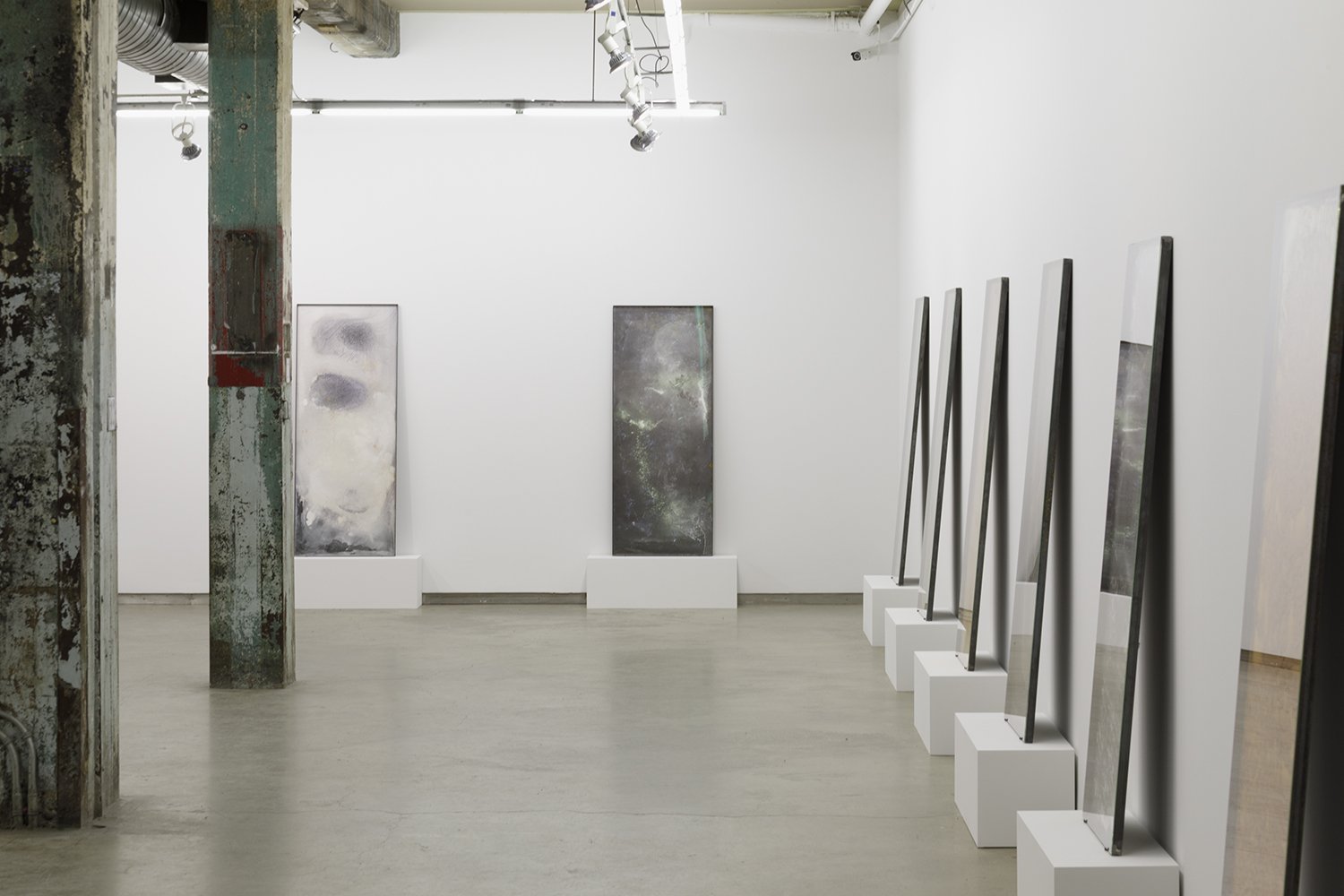
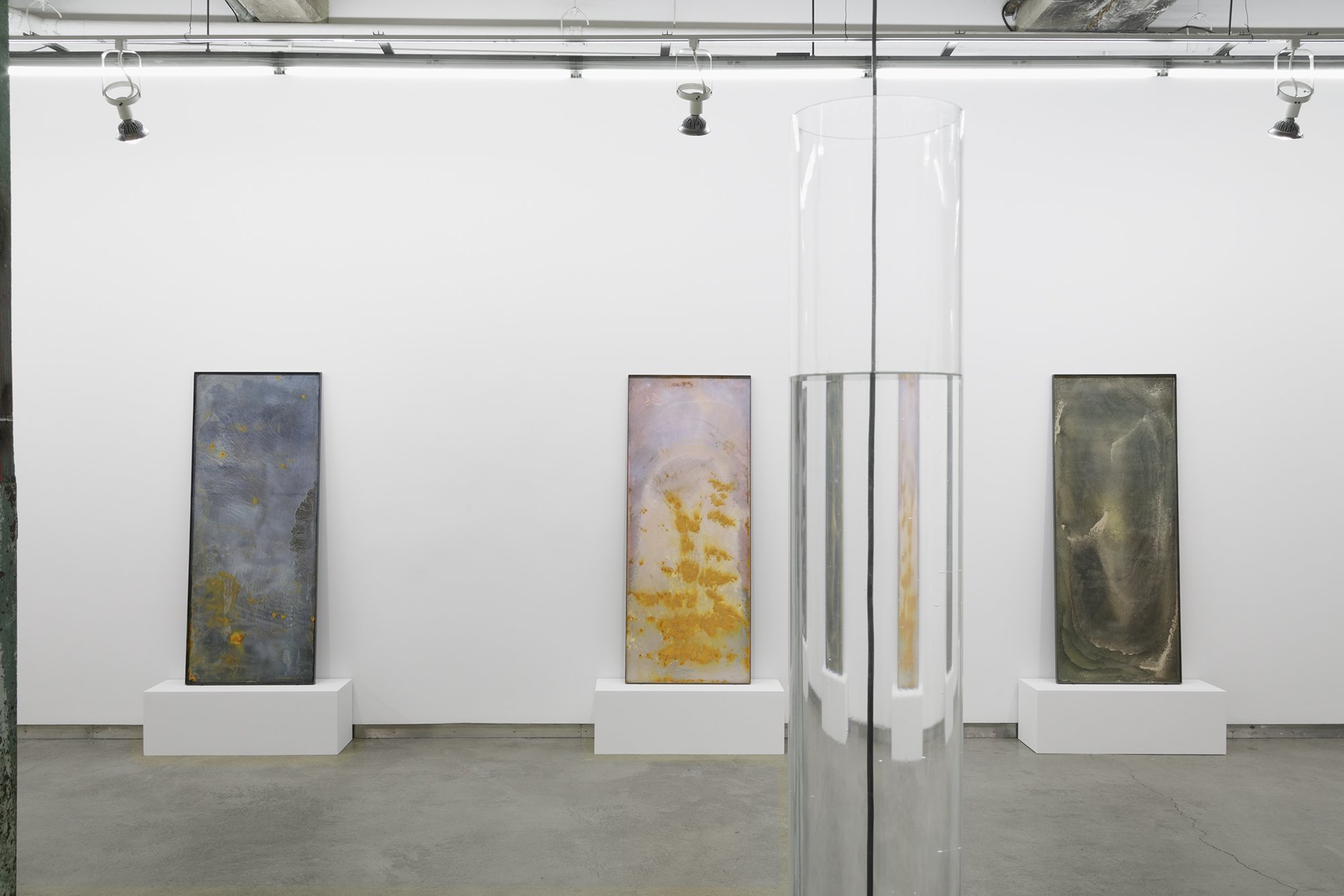
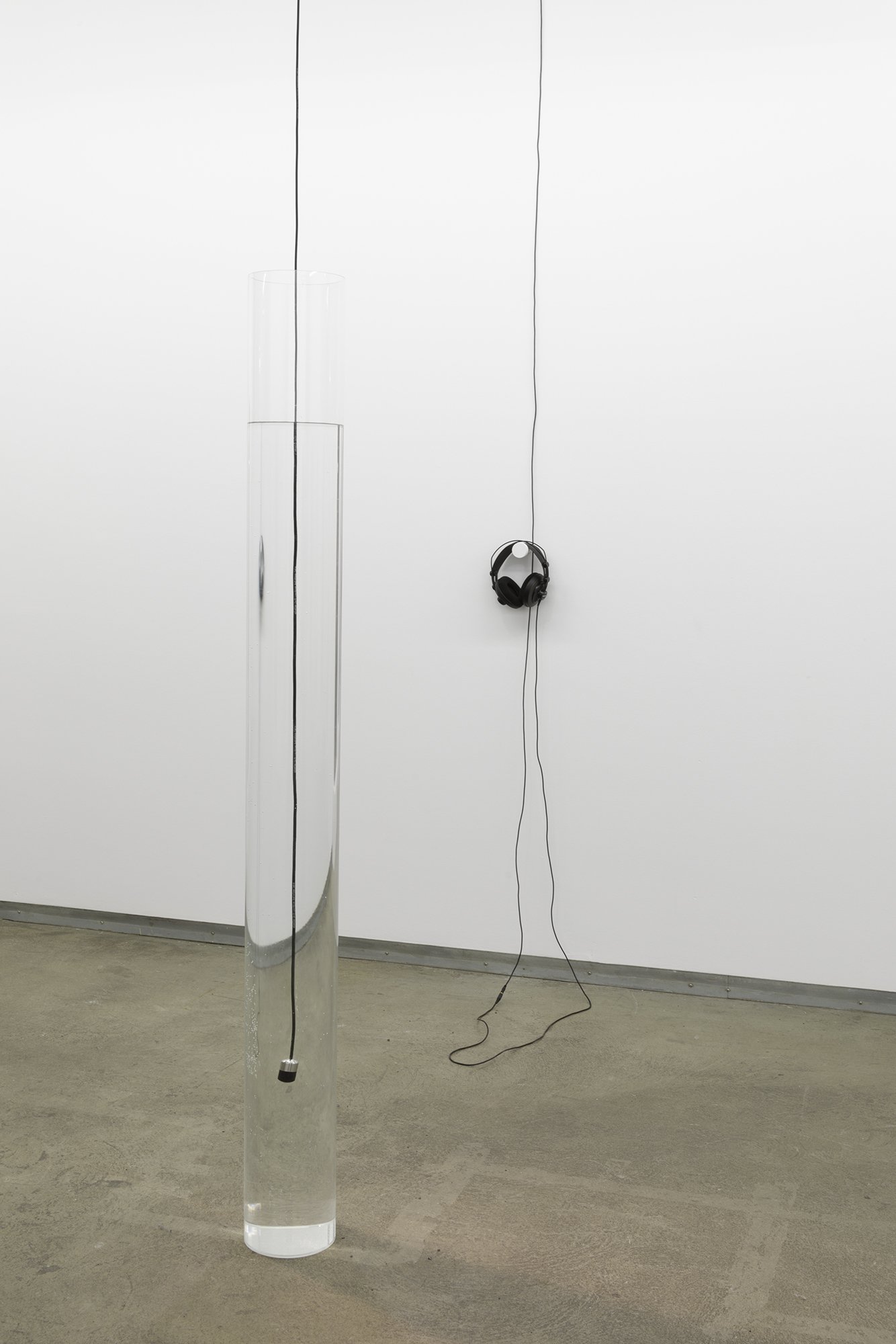
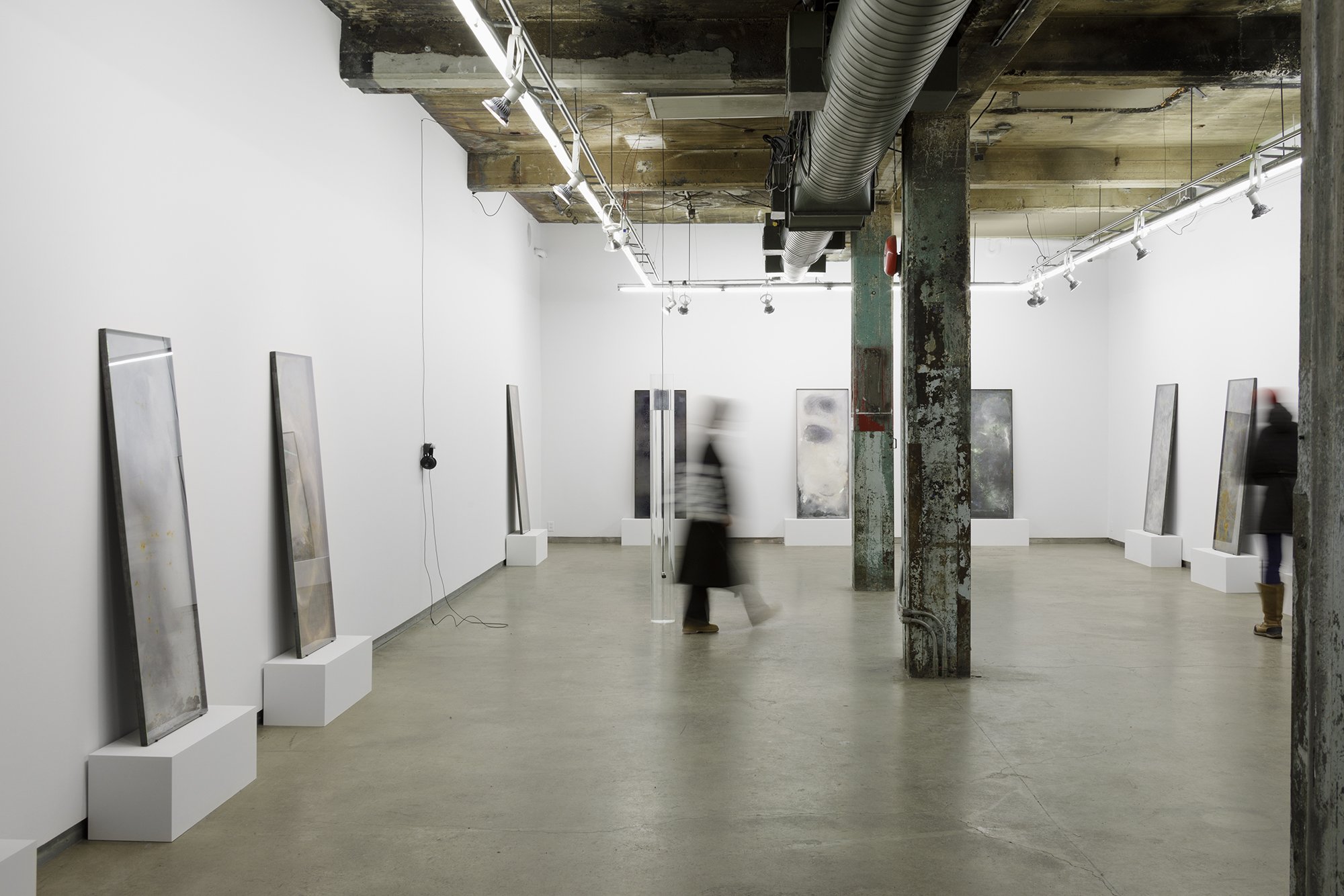

“Using an artistic language that combines the aural and the visual, Sandra Volny demonstrates that sounds can transform after their death: they persist as sonic traces of a past that leaves its imprint on landscapes or the universe.
”
Exhibition
Fossiles sonores
Fonderie Darling, Montréal, Canada
March 2 - May 14 2023
“In response to increasingly noisy environments, artist Sandra Volny probes the tenuousness of silence so as to reveal the background sounds and echoes that fill spaces. In her interdisciplinary sound art practice, she uses the term “sonic residue” to describe the sonic remnants of past events that permeate and leave traces in our spaces, even though they may be almost inaudible at times, and form the basis of her art experiments, which are often carried out in collaboration with the scientific community.
For many years, Sandra Volny has been exploring how we perceive sounds and their nuances, particularly what she calls the “Surviving Aural Space,” namely the presence of sound traces that persist and survive their own disappearance in our environment [1]. A little over a year ago, she presented a series of studies behind the Fonderie Darling’s reception desk, exploring how matter can be transformed through contact with sound vibrations. These were early attempts to answer questions that persist in her research and haunt her: How might we think of fossils other than in the form of vegetal or mineral imprints? How might we retain a material trace of the sound world?
Using an artistic language that combines the aural and the visual, Sandra Volny demonstrates that sounds can transform after their death: they persist as sonic traces of a past that leaves its imprint on landscapes or the universe. Produced intensively during her long-term residency in Fonderie Darling’s Montreal Studios, the exhibition Fossiles Sonores (Sonic Fossils) presents her most recent body of work based on recordings of vibrations of the Earth, the ground, and our built environment. Thirteen steel monoliths occupy the Small Gallery, initially—and erroneously—leading us to believe that they represent a series of abstract paintings. In actual fact, each sheet is a colourful and textured imprint of an original sample of vibrations collected with seismographs in the Antarctica ice sheet by a team of scientists. Thanks to a close collaboration between Sandra Volny and mathematician and geophysicist Julien Chaput, the vibrations were made audible and then projected onto pigments suspended in water. As a result of a slow process of evaporation and sedimentation, these works crystalize the vibrations of the Antarctica ice sheet in matter, according to a controlled sequence. The process used by the artist, the physical propagation of vibrational waves in water, and the chemical effect of the material immortalize the sounds of glaciers: these sonic fossils reveal inaudible sounds buried in strata of colour.
Although they curiously recall the painter’s canvas, the compositions also evoke the gaseous atmosphere of planets and background noise of the galaxy, calling to mind the strong link that exists between minerals and stars. Sandra Volny transports our imagination to a distant, mineral, celestial world, which may be situated between the ancient and the future, the terrestrial and the cosmic. The science-fiction story “The Valley of Echoes”, originally published in 1959 by Gérard Klein, is the backstory of the exhibition, having immensely inspired Sandra Volny in the last ten years. Set on Mars, it recounts the quest of a team of scientists searching for traces of an ancient civilization and hoping to find them in the sonic persistence of the voices of the planet’s last inhabitants, to hear their infinitely lingering murmurs in echoes.
Besides the idea of making visible the phantom of a sonic memory or archiving an inaccessible or vanished sound environment, Sandra Volny wishes to raise awareness about the transformation of soundscapes, as they are affected by human intervention or climate change in the Anthropocene. A continuously playing soundtrack facilitates the encounter between two distinct environments, one of the Antarctica ice sheet and the other of sounds the artist captured with accelerometers in the iron vein deposits in Schefferville, a mining town in northern Quebec. Iron, a conductor of sound and container of the work, also establishes a connection with the exhibition’s site. A third voice thus joins the conversation: that of the Fonderie Darling’s building. While its form evokes an ice core extracted from a glacier, La Passeuse is both an art work and a listening instrument. A hydrophone submerged in a large tube of transparent acrylic plastic filled with water collects acoustic data, which is omnipresent yet almost inaudible to the naked year.The thumping sounds of our footsteps and their reverberations against the walls, all the sounds circulating in the space are conveyed through water, which again acts as a transduction medium, and then re-transmitted through headphones. Sounds proliferate and become strata; the raw material of the surviving is found in the echo. This object plays a critical role in making us realize that in addition to being a physical phenomenon, sound is perceptual data. Immersed in sound, our body becomes aware; it resonates and listens to itself.
Genuine scientific commitment and the filter of experimentation allow Sandra Volny to create a listening context, in which sensory perceptions of ground vibrations of the gallery, building, and Earth lead us into a mysterious and imperceptible sonic imaginary. By seeking to transmit the passage of sound through space and time, she summons our memories and questions about the origin and future of the world, in a touching story of humanity.”
Text by Milly Alexandra Dery
Translated by Oana Avasilichioaei
[1] Sandra Volny, “Survivance des espaces sonores: Conscience auditive et pratiques de l’espace du corps-sonar” (PhD diss., Université Paris 1 Panthéon-Sorbonne, 2017).
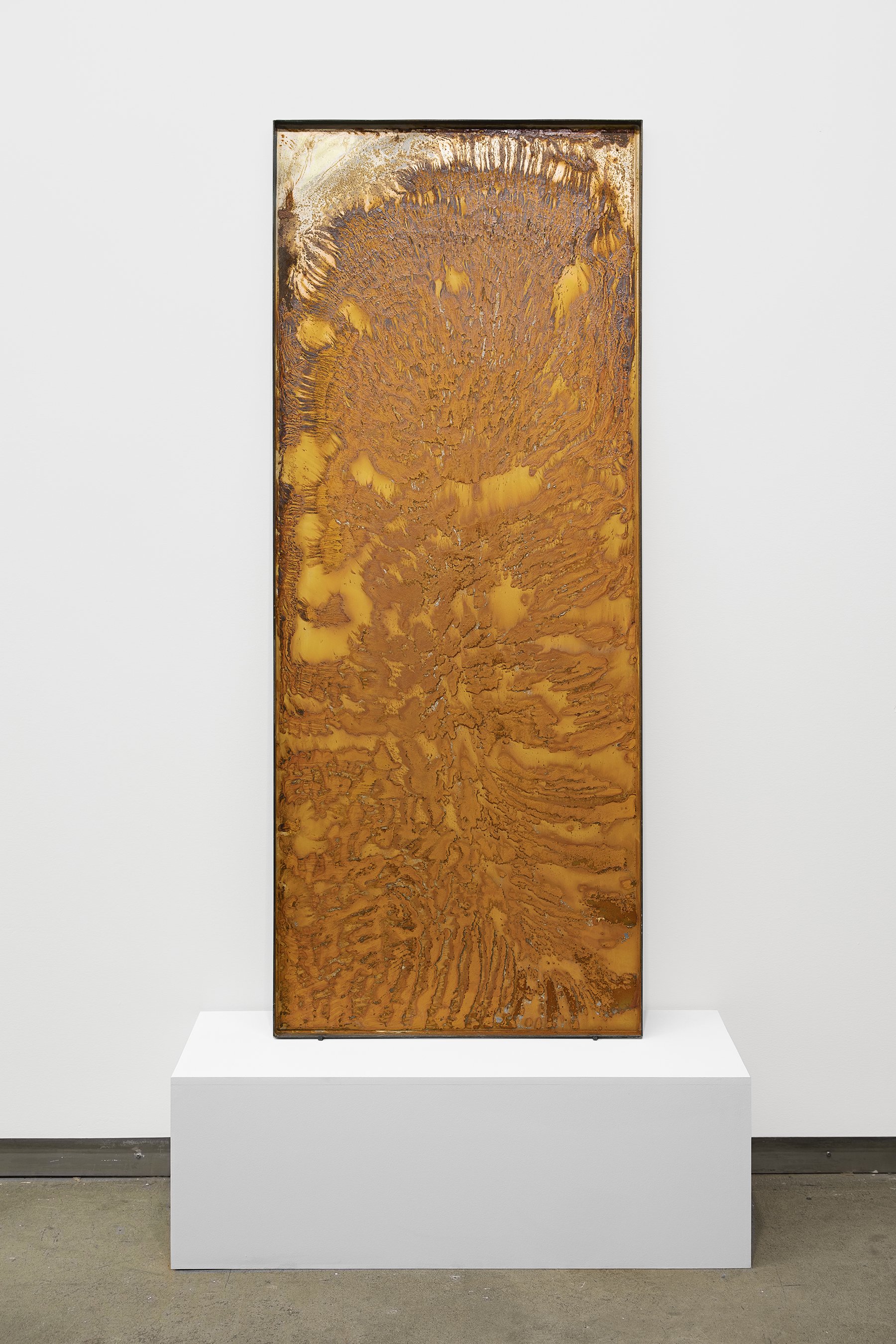
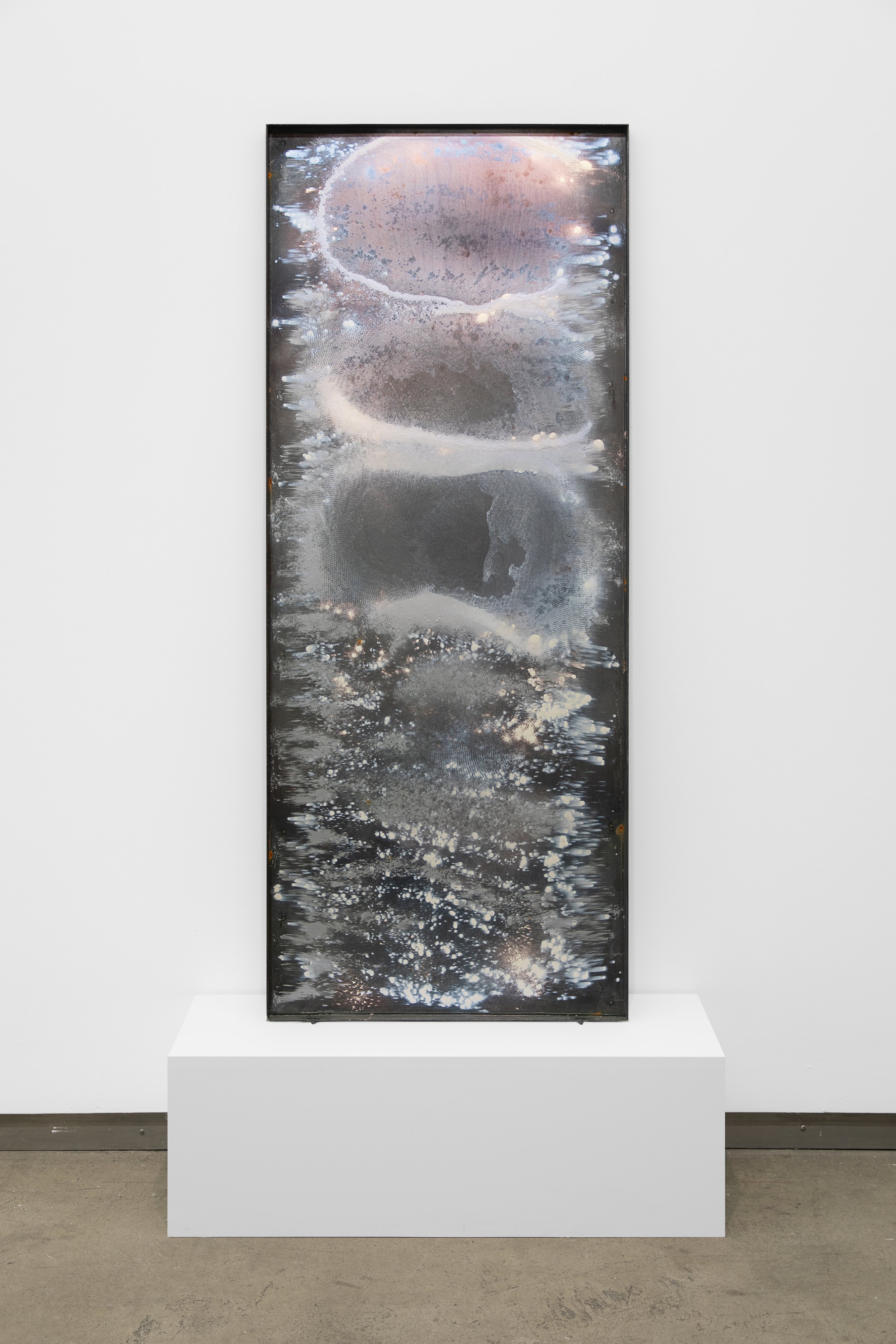
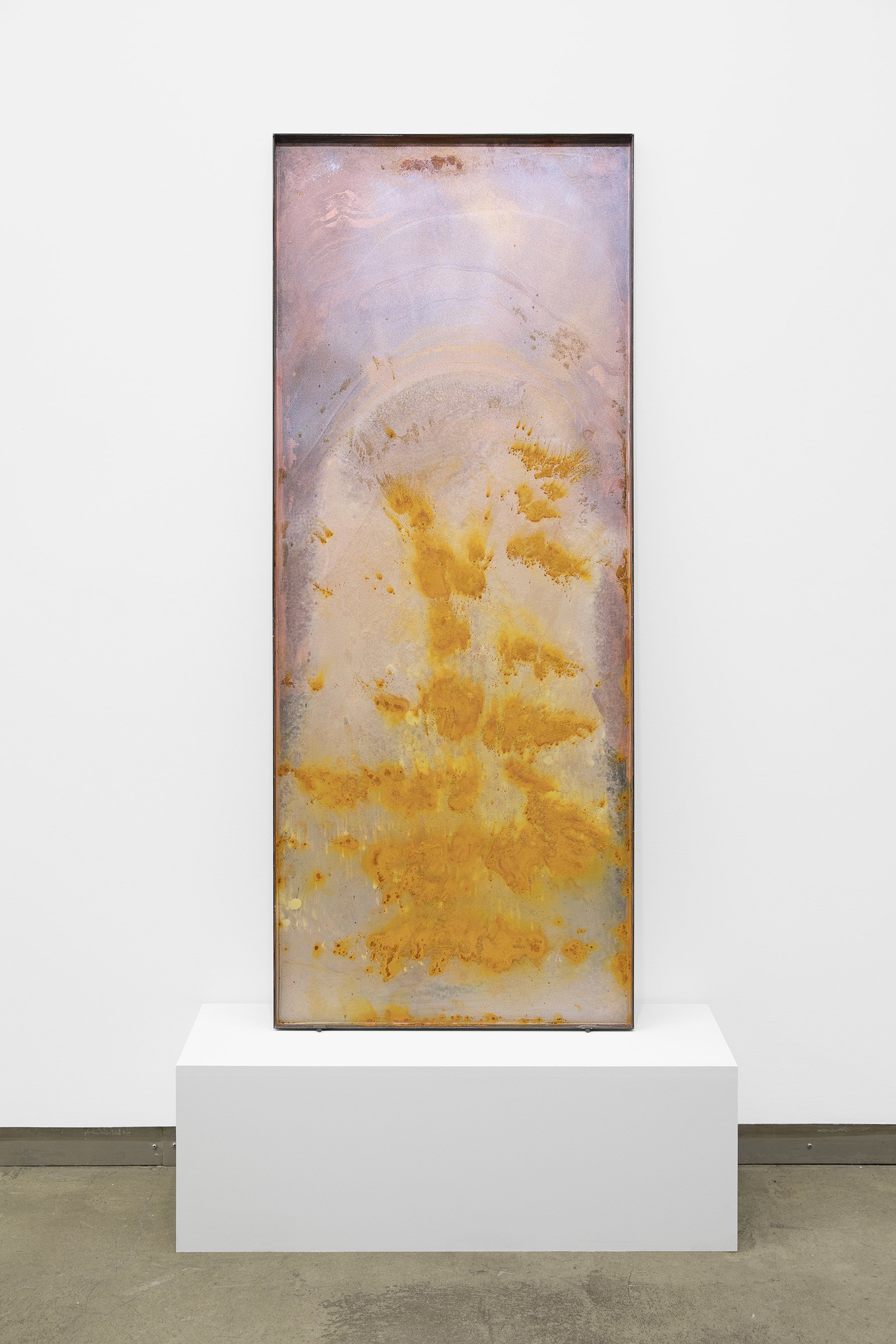
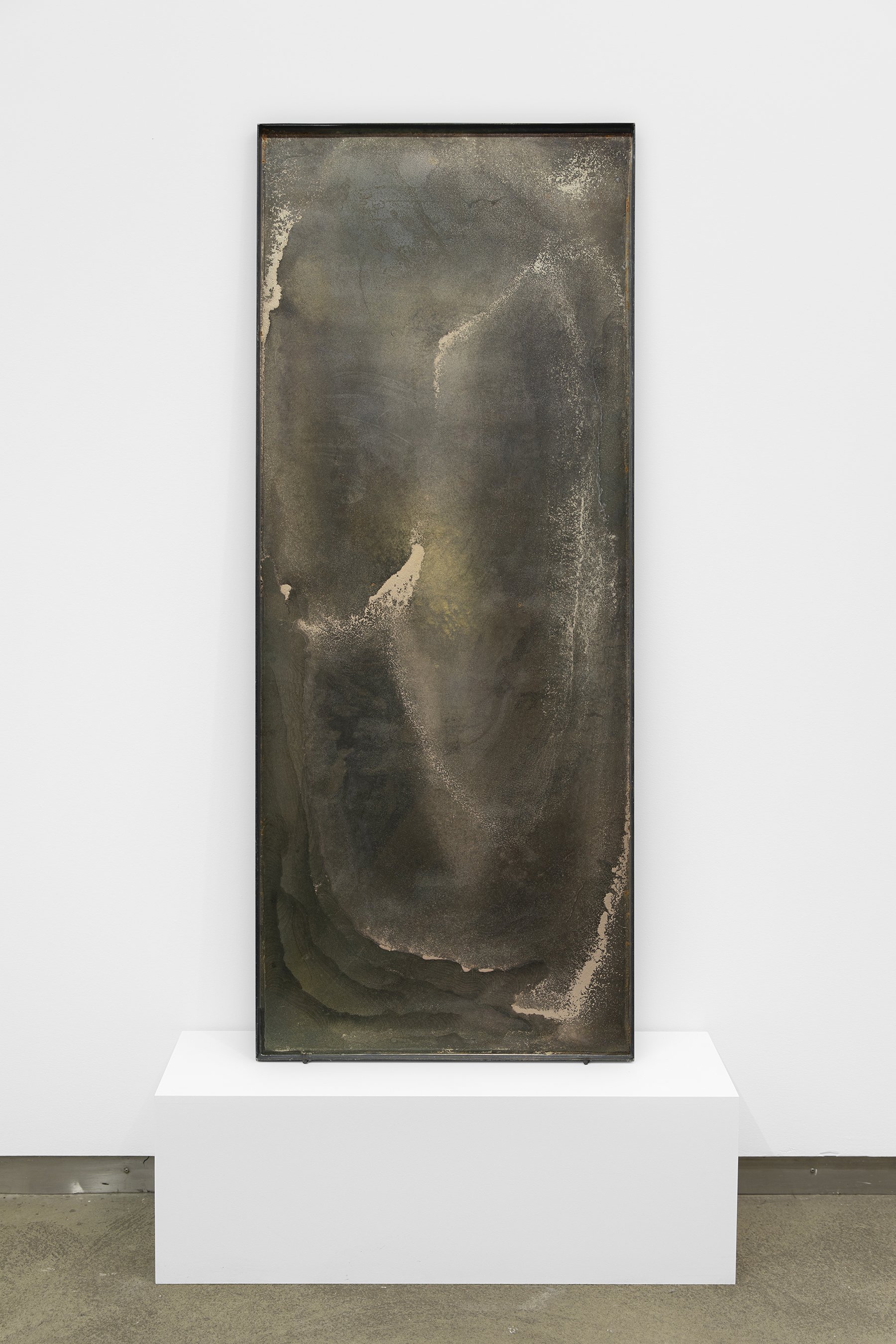
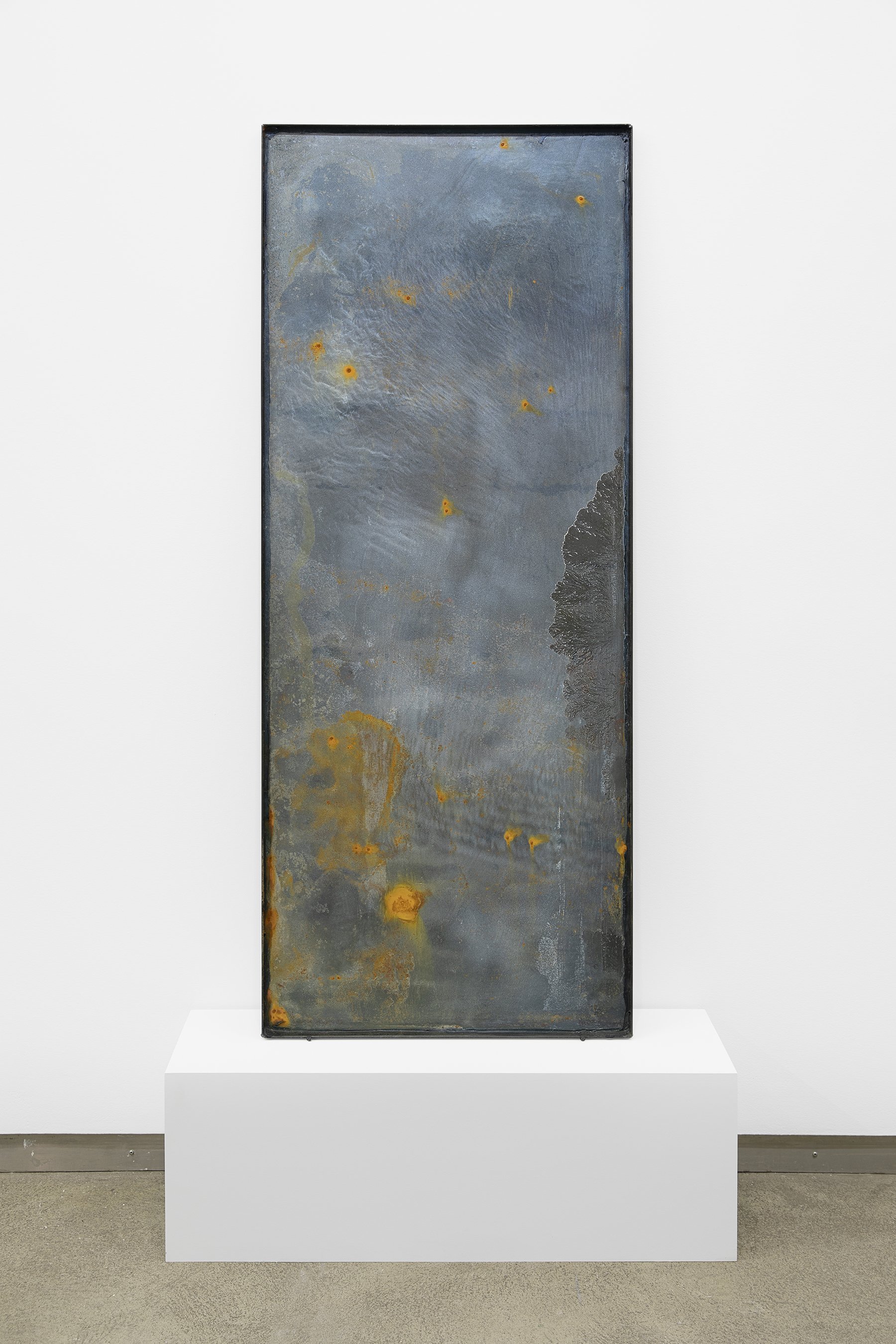
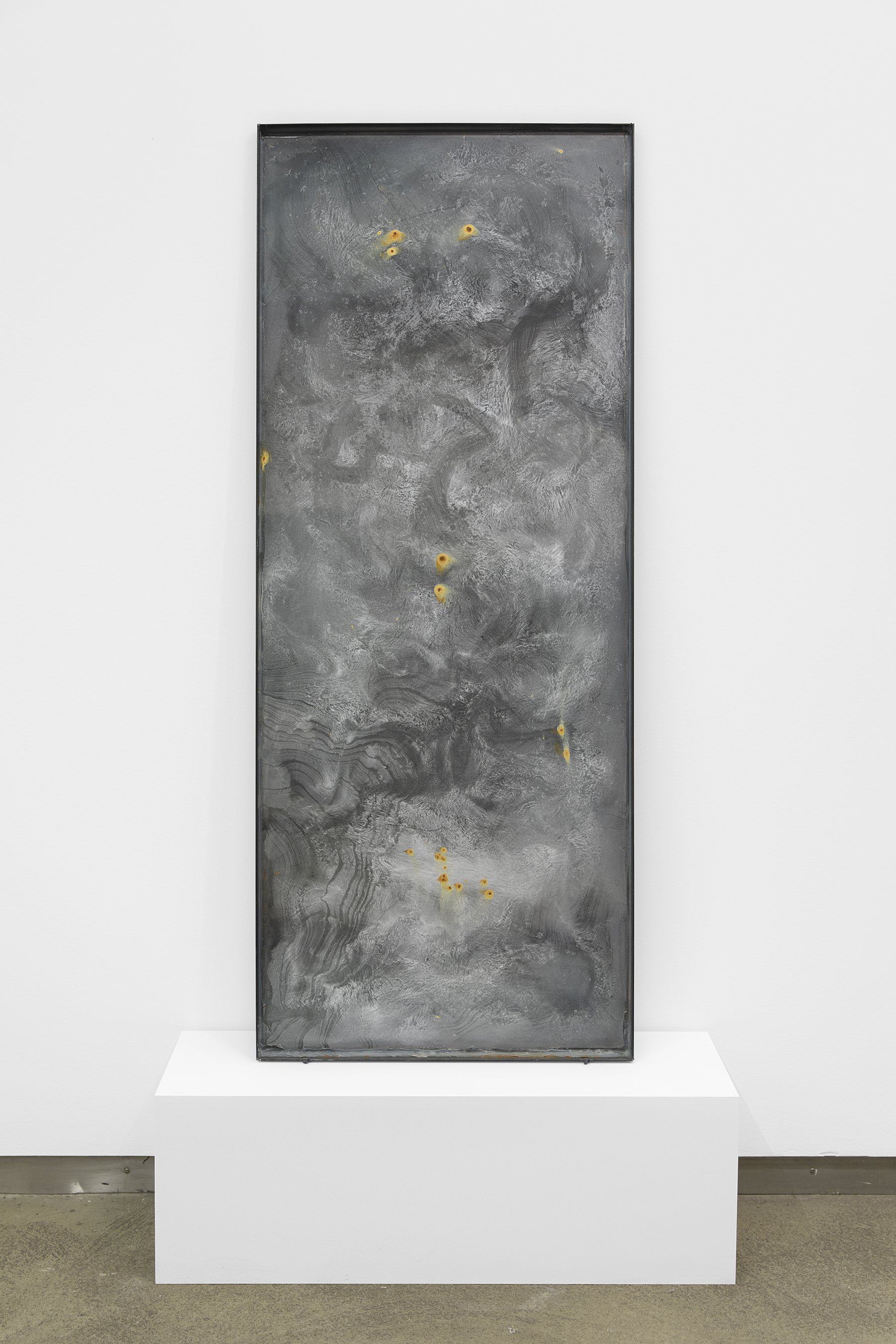
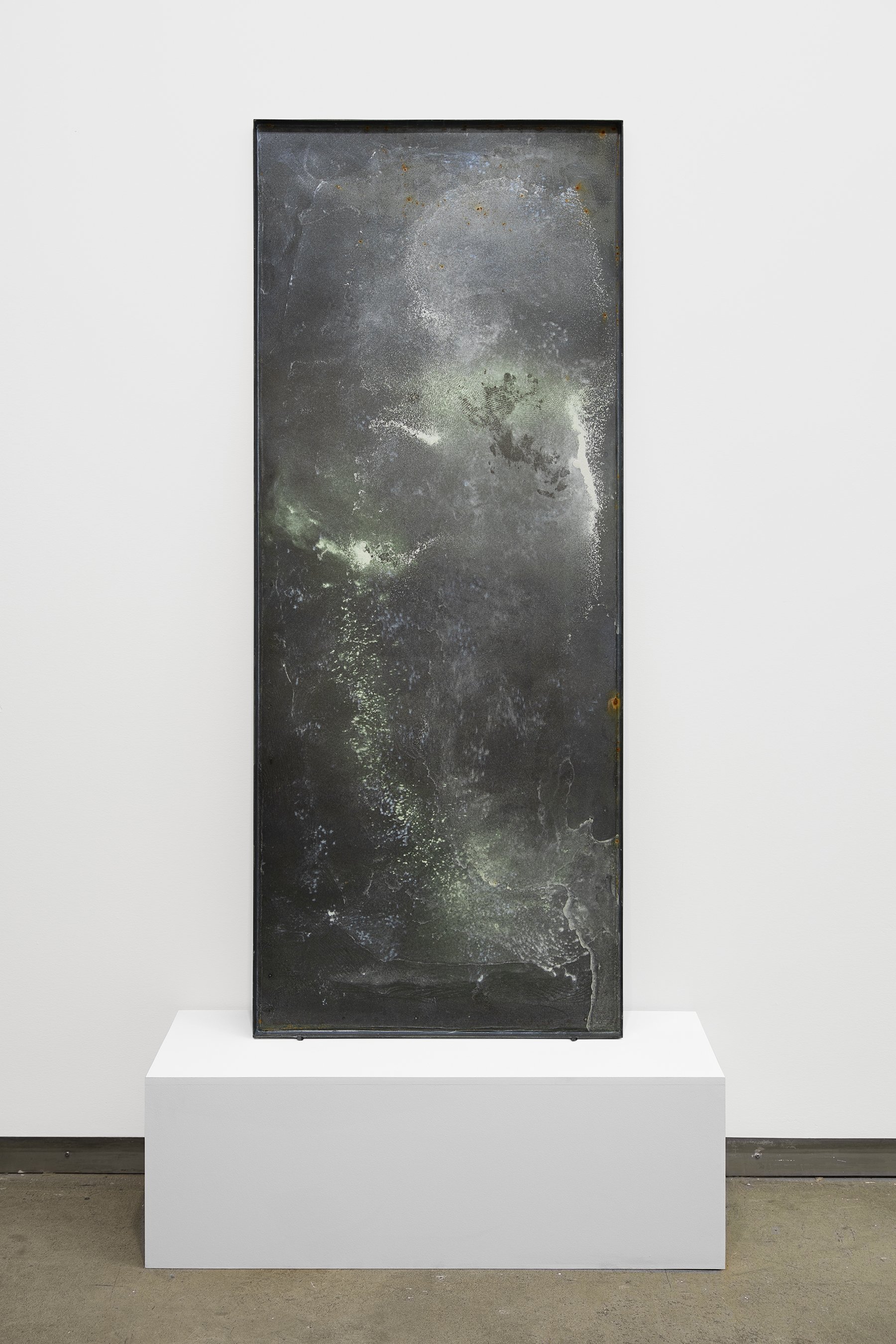
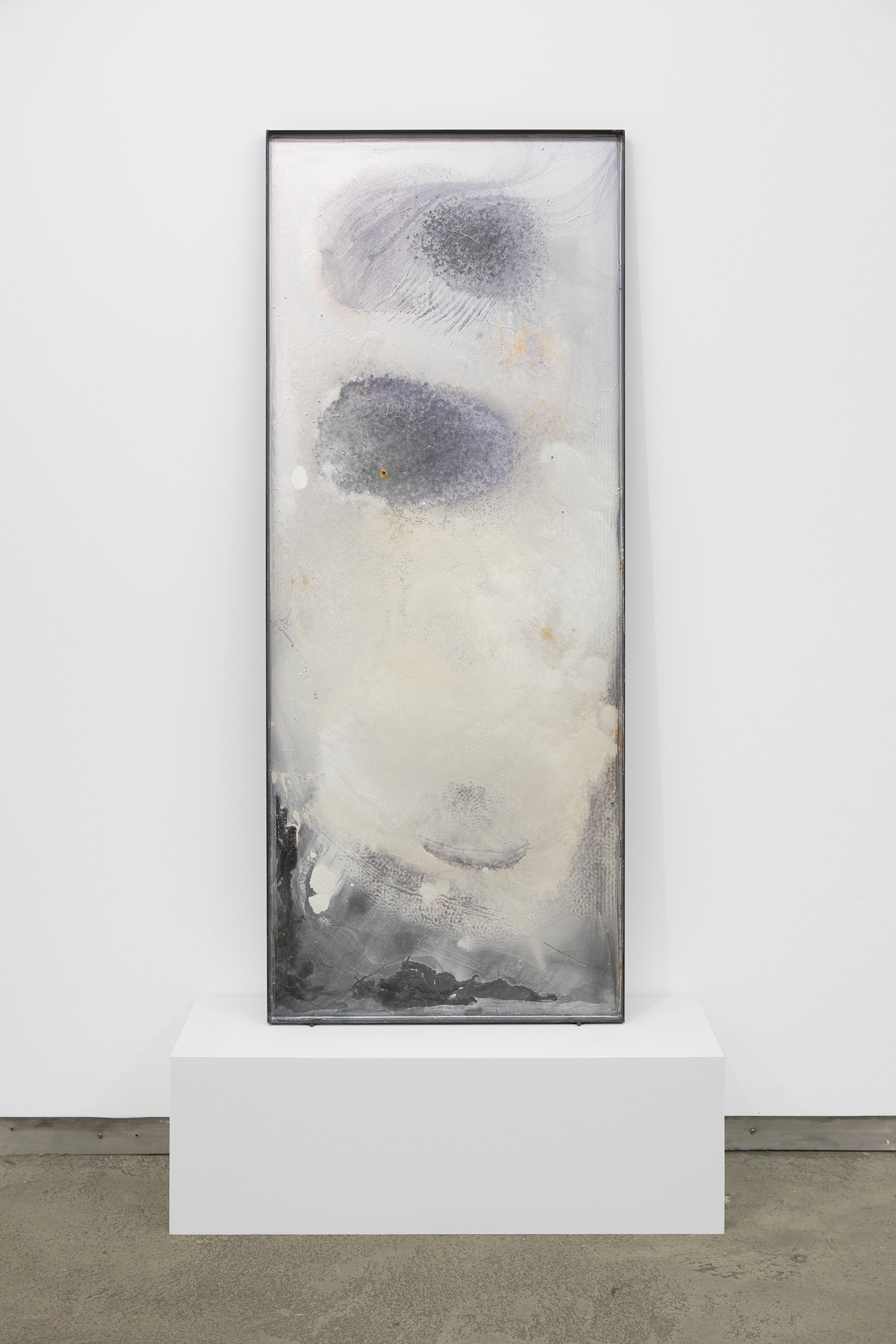
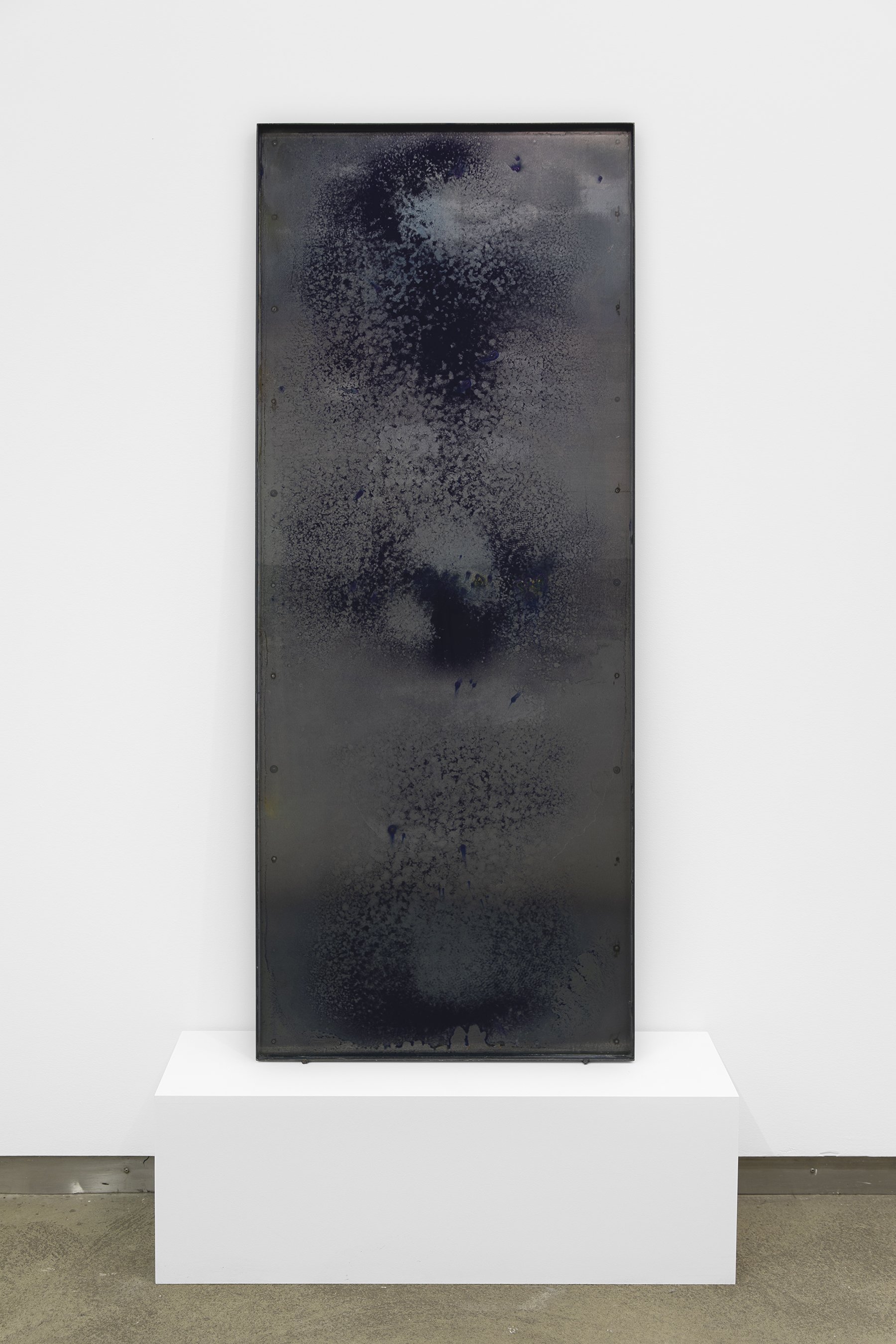
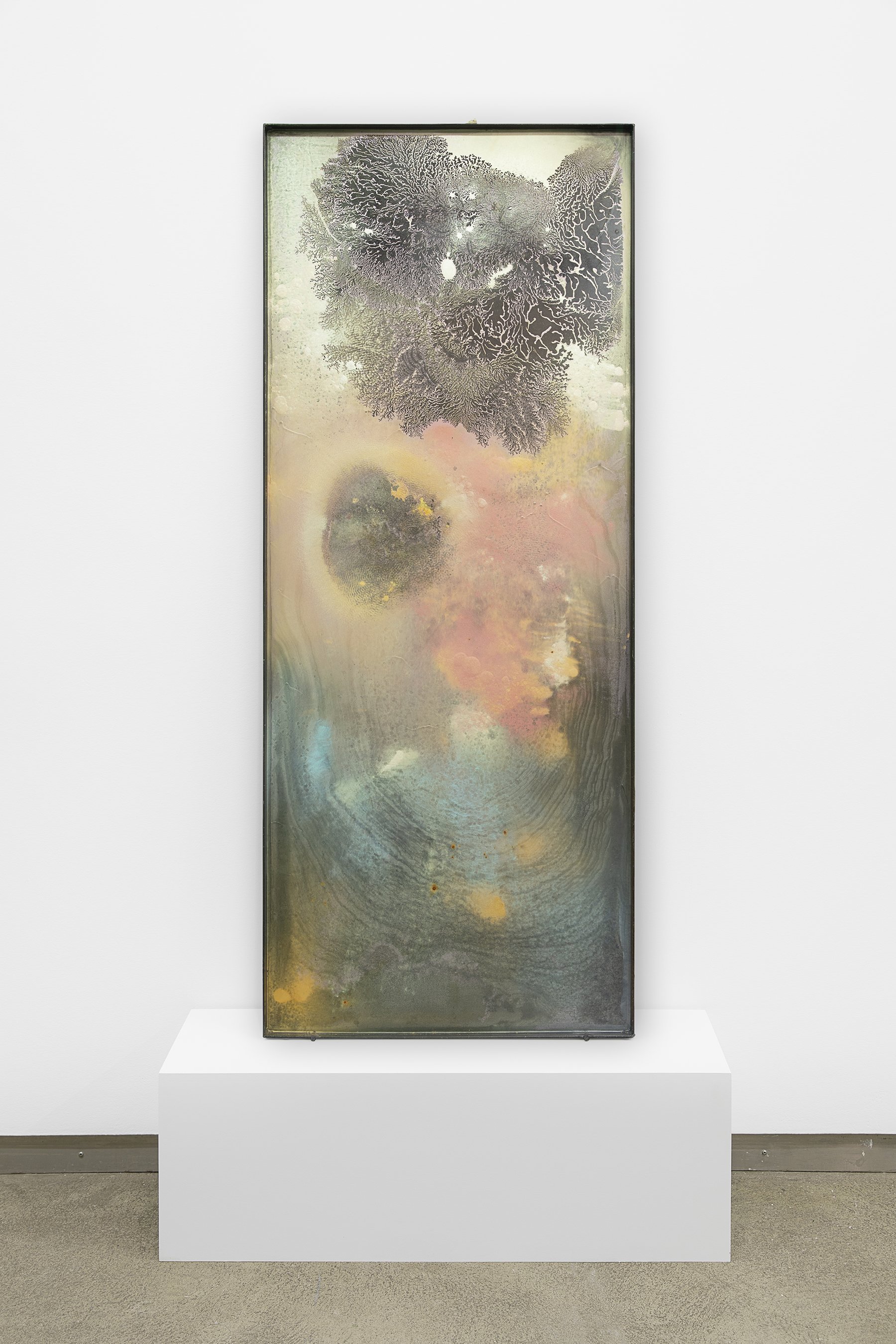
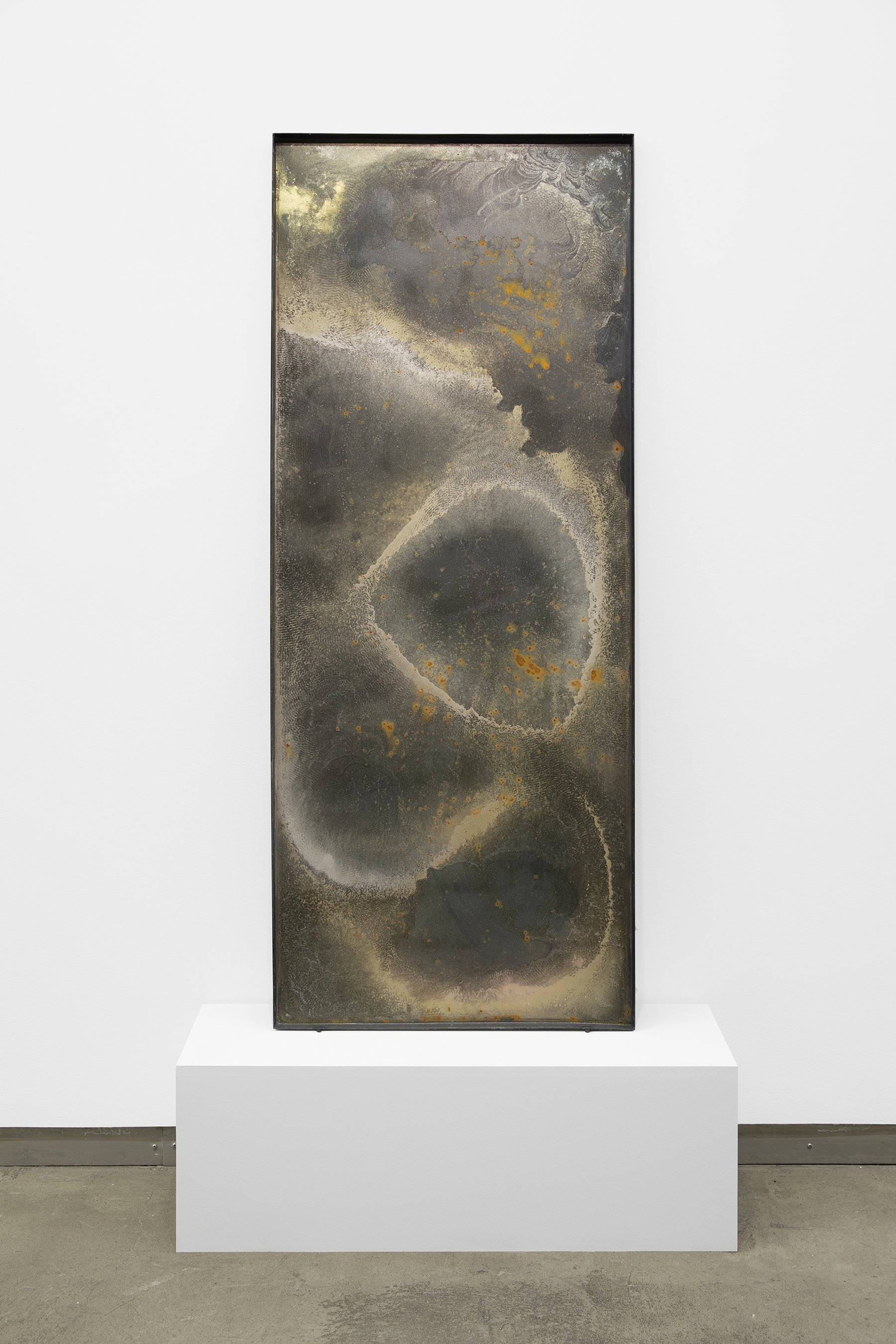
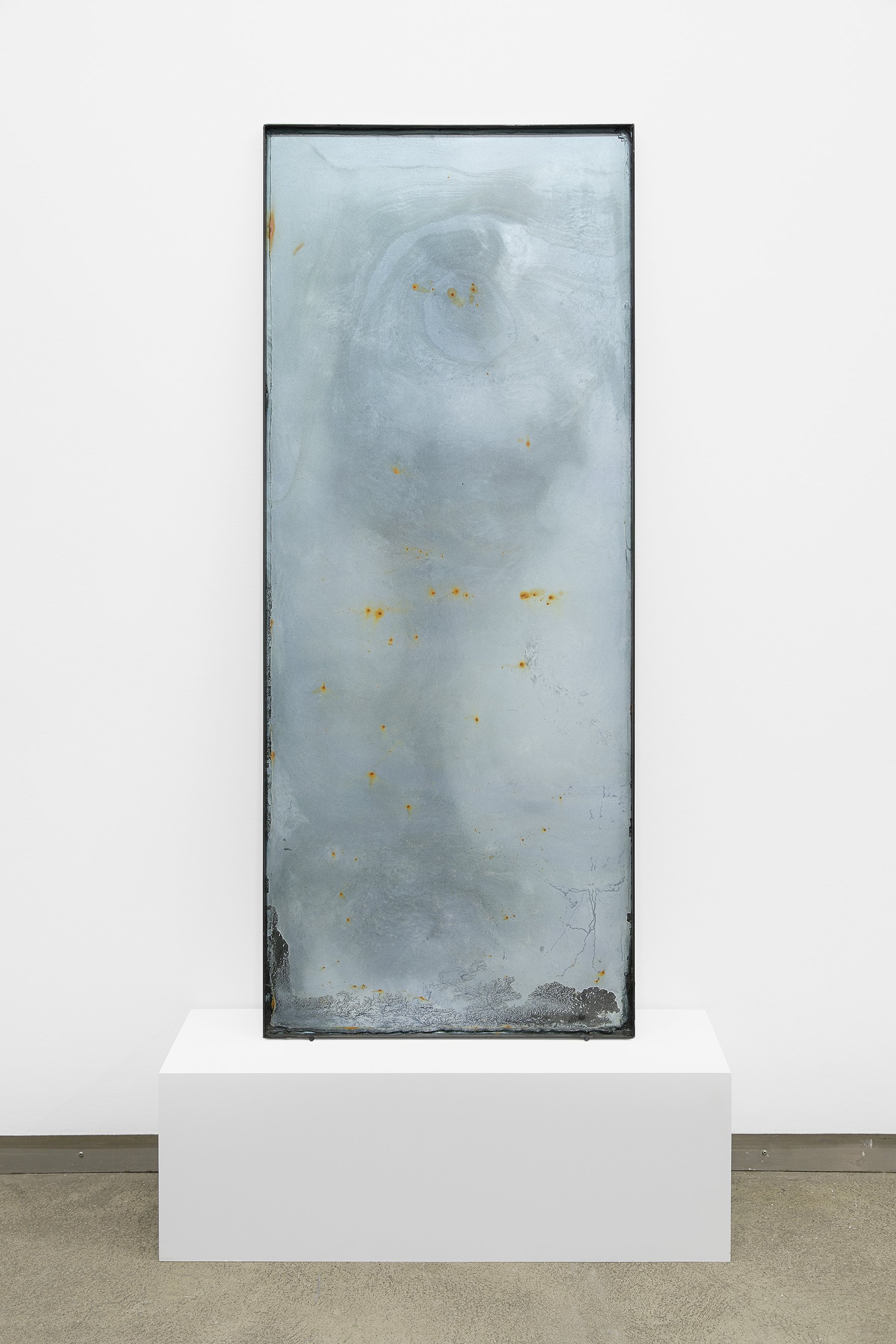
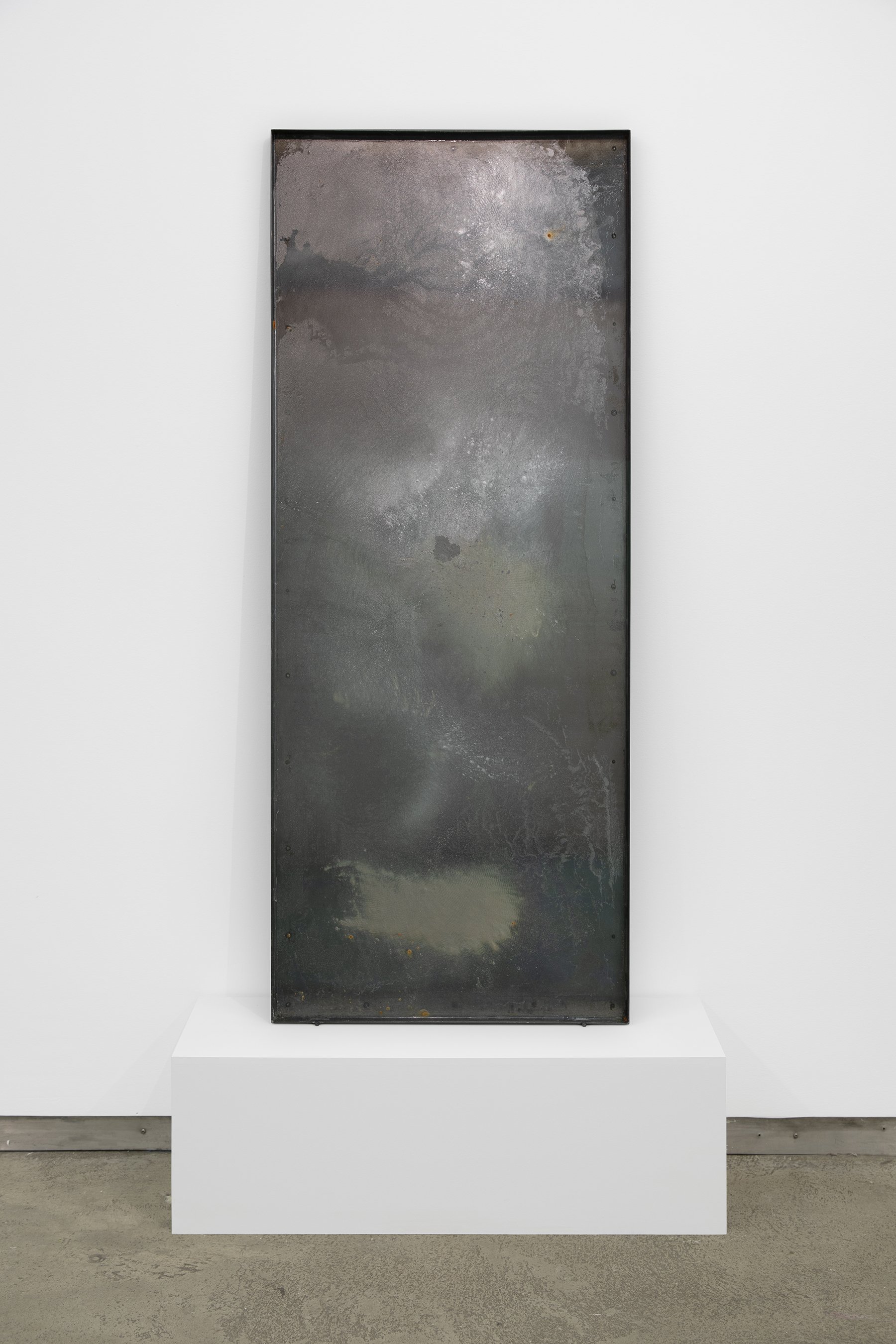
“À travers un langage artistique combinant l’auditif et le visuel, Sandra Volny démontre que les sons peuvent se transformer après leur mort : ils persistent sous la forme de traces sonores du passé dont l’empreinte serait inscrite à même les paysages ou l’univers. ”
Exposition
Fossiles sonores
Fonderie Darling, Montréal, Canada
March 2 - May 14 2023
En réaction aux environnements de plus en plus bruyants, l’artiste Sandra Volny sonde la ténuité du silence pour révéler les bruits de fond et les échos qui remplissent les lieux. Dans le cadre d’une pratique en art sonore interdisciplinaire, elle utilise le terme « résidus sonores » pour décrire les sons témoins d’événements passés qui s’imprègnent et laissent des traces dans nos espaces, même si elles sont parfois presque inaudibles, comme base de ses expérimentations artistiques.
Depuis des années, Sandra Volny s’interroge sur la manière dont nous percevons les sons et leurs nuances, plus particulièrement à ce qu’elle nomme la « survivance des espaces sonores », soit la présence dans notre environnement de traces sonores qui persistent et subsistent à leur propre disparition [1]. Il y a un peu plus d’un an, elle présentait derrière le comptoir de l’accueil de la Fonderie Darling une série d’études sur la transformation de la matière au contact des vibrations sonores. Il s’agissait alors des premières tentatives pour résoudre des questions qui persistent et hantent l’artiste : comment penser les fossiles autrement que sous la forme d’empreintes de végétaux et de minéraux ? De quelle manière pouvons-nous garder une trace matérielle du monde sonore ?
À travers un langage artistique combinant l’auditif et le visuel, Sandra Volny démontre que les sons peuvent se transformer après leur mort : ils persistent sous la forme de traces sonores du passé dont l’empreinte serait inscrite à même les paysages ou l’univers. Intensément réalisées lors de sa résidence long terme dans les Ateliers Montréalais de la Fonderie Darling, l’exposition Fossiles Sonores présente ses plus récents corpus réalisés à partir de l’enregistrement des vibrations de la Terre, des sols et de notre environnement bâti. Treize monolithes en acier investissent l’espace de la Petite galerie et laissent croire, à première vue et à tort, à la présentation d’une série de peintures abstraites. En réalité, chaque plaque est une empreinte colorée et texturée d’un échantillon inédit de vibrations prélevées dans les sols glacés de l’Antarctique par une équipe de scientifiques à l’aide de sismographes. Grâce à la collaboration étroite de l’artiste avec le mathématicien et géophysicien Julien Chaput, les vibrations ont alors été rendues audibles pour ensuite être projetées sur des pigments en suspension dans l’eau. Suite à un processus lent d’évaporation et de sédimentation, ces œuvres cristallisent les vibrations des sols glacés de l'Antarctique dans la matière, selon un enchaînement contrôlé. Un protocole mis en place par l’artiste, la propagation physique des ondes vibratoires dans l’eau et l’effet chimique de la matière immortalisent les sons des glaciers : ces fossiles sonores révèlent des sons enfouis et inaudibles en strates de couleur.
Si elles rappellent curieusement le canevas du peintre, les compositions évoquent également l’atmosphère gazeuse des planètes, le bruit de fond de la galaxie, évoquant le lien fort qui unit les minéraux et les étoiles. Sandra Volny transporte notre imaginaire vers un monde lointain, minéral, céleste, difficilement situable entre l’ancien et l’avenir, entre le terrestre et le cosmique. Originellement publiée par Gérard Klein en 1959, la nouvelle de science-fiction La vallée des échos est la trame de fond de cette exposition, un récit se déroulant sur la planète Mars ayant énormément inspiré l’artiste au cours des dix dernières années. L’histoire raconte la quête d’une équipe de scientifiques à la recherche des traces d’une civilisation antique et espérant la trouver dans la persistance sonore des voix des derniers habitants de mars, entendre leurs murmures persister à l’infini à travers les échos.
Au-delà de l’idée de rendre visible le fantôme d’une mémoire sonore ou d’archiver un environnement sonore inaccessible ou disparu, Sandra Volny souhaite engager une prise de conscience sur la transformation des paysages sonores, tels qu’ils sont affectés à l’ère de l’Anthropocène, par les interventions humaines ou les changements climatiques. Une bande son diffusée en continu permet la rencontre de deux environnements bien distincts, soit celui des sols de l’Antarctique et celui des sons captés grâce à des accéléromètres par l’artiste sur la veine de fer de Schefferville, ville minière du Nord du Québec. Le fer ; conducteur du son et contenant de l'œuvre, établit également un lien avec le lieu même d’exposition. C’est ainsi qu’une troisième voix s’ajoute à la conversation : celle du bâtiment même de la Fonderie Darling.Alors que sa forme évoque la carotte de glace retirée de l’épaississeur des glaciers, La Passeuse est à la fois œuvre et instrument d’écoute. Un hydrophone plongé dans un grand tube en acrylique rempli d’eau enregistre des données acoustiques omniprésentes mais presque inaudibles à l’oreille nue. Les bruits sourds de nos pas et leurs réverbérations contre les murs sont retransmises par des écouteurs ; tous les sons qui circulent dans l’espace sont rediffusés grâce à l’eau qui, encore une fois, est utilisée comme médium de transduction. Les sonorités s’additionnent et deviennent strates ; dans l’écho se trouve la matière première de la survivance. Cet objet joue un rôle crucial pour nous faire réaliser qu’au-delà d’un phénomène physique, le son est une donnée perceptive ; en immersion sonore, notre corps prend conscience, il résonne et s’écoute.
Un réel engagement scientifique et le filtre de l’expérimentation artistique permettent à Sandra Volny de créer un contexte d’écoute où les perceptions sensorielles des vibrations du sol de la galerie, du bâtiment et de la Terre nous amènent vers un imaginaire sonore énigmatique et suprasensible. En cherchant à transmettre le passage du son à travers l’espace et le temps, elle convoque la mémoire et nos questionnements face à l’origine et à l’avenir du monde, dans un récit touchant d’humanité.
Milly Alexandra Dery
[1] Sandra Volny (2017). Survivance des espaces sonores. Conscience auditive et pratiques de l’espace du corps-sonar [thèse doctorale], Université Paris 1 Panthéon-Sorbonne.
Sandra Volny, Fossiles sonores, Fonderie Darling, 2023. Documentation du vernissage: Gabriel Fournier

